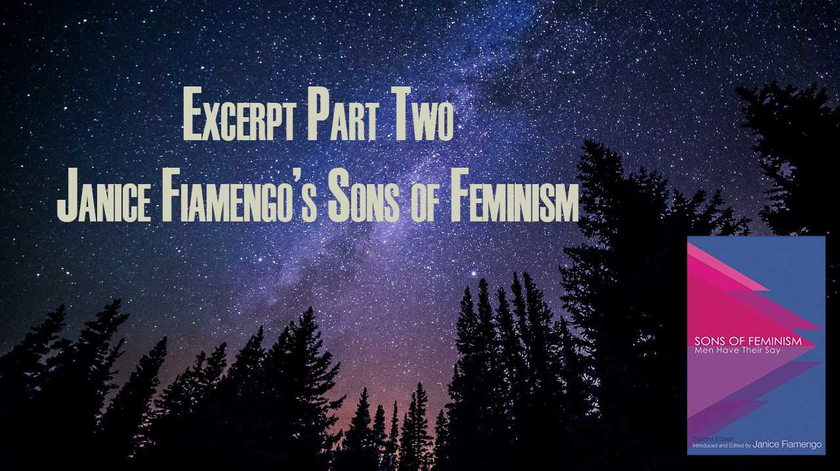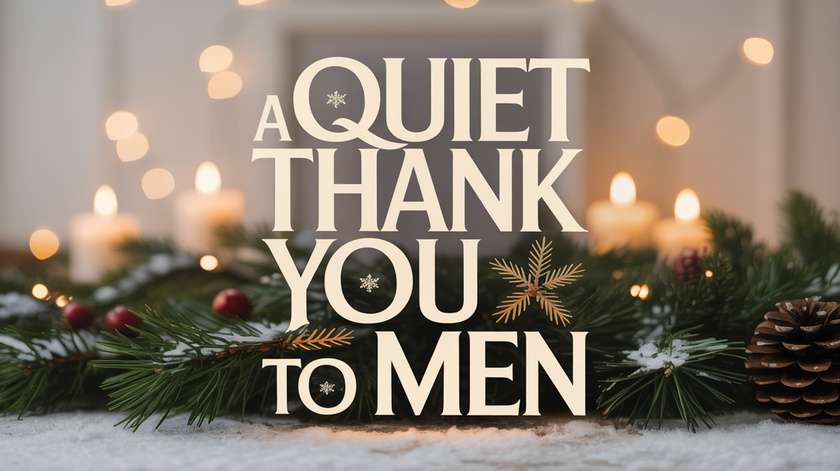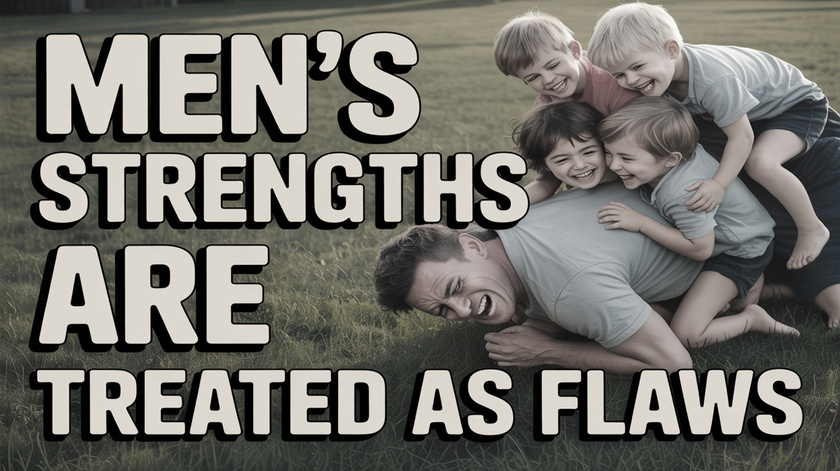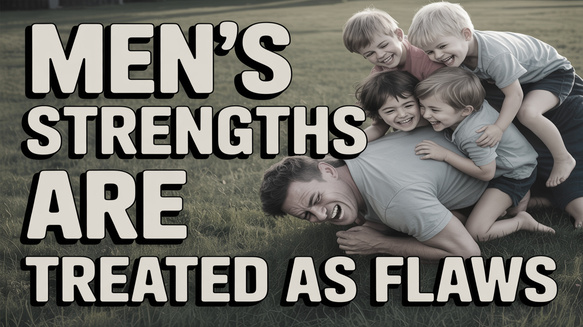Excerpt from Janice Fiamengo's Sons of Feminism (part two)
part two
Sons of Feminism on Amazon https://amzn.to/3DLUxoc
The second re-education technique is to leave job ads open to male and female applicants, but include clauses that clearly favor a certain type of political activism. For example, astronomy job ads at the University of California routinely include the request for a "statement of contributions to diversity addressing contributions to diversity through research, teaching, and/or service." The assumption here is that my astronomy discoveries are more valuable if they contribute to diversity and other leftist causes. That apparently innocuous statement contains the same dangerous idea that science should be used to promote a certain ideology, just like physicists in Nazi Germany had to show their commitment to race theories, and Soviet scientists had to explain how their research promoted socialism. Personally, as an old-fashioned libertarian, I still believe that the purpose of astronomy is astronomy itself. None of the great discoveries in the history of astronomy were made by scientists with particular interest in diversity policies. Newton would not have been able to fill out a job application form at the University of California.
The third method used by astronomy institutions to correct for alleged unconscious gender bias is to introduce an even stronger, conscious bias in the opposite direction (the idea of using "good" discrimination to offset "bad" discrimination). Before telescope-time or grant application meetings, we are now commonly subjected to patronizing speeches by diversity figureheads, who remind us how important it is to be fair to female applicants, how we should think twice before rejecting their applications, and how we should be mindful of gender balance and role models in our selection. It is a low-level form of brainwashing. We know that if we select too many male applicants (even if we do it on merit) our choice and motives will be scrutinized, monitored, criticized. Instead, if we select a few more female applicants (even if not all on merit), we will be praised and left in peace. Most astronomers unsurprisingly choose the path of least resistance.
Sexual harassment
If you believe the hype of astro-feminists, our departments are rife with sexual assaults, bullying and violence. The gender imbalance in astronomy is the result of young women being too scared to venture into this ugly, violent, testosterone-dominated environment.
This is a nice, simple theory that gets parroted by every astronomer eager to show their progressive credentials; but is it consistent with the empirical data? Feminists in every faculty claim that (loosely defined) sexual assaults are rife in their own faculty; indeed, campuses as a whole are said to be in the grip of a rape culture. So, why would that (alleged) widespread violence deter women from doing astronomy but not other fields of studies where they are the majority? Moreover, "sexist" comments and workplace flirting are more tolerated in Latin cultures than in the Anglosphere: and yet, the fraction of women in astronomy is higher in Italy, Spain and Argentina than in the more diversity-obsessed Canada, USA, Australia, and Sweden.
I am not saying that sexual harassment never happens in astronomy. There have been a few highly publicized cases of famous male professors flirting or having inappropriate relations with young postdocs or students, and such professors have been duly shamed and harshly punished. I have seen other senior male astronomers having similar relations and getting away with that. I have also seen female students and postdocs who have been happy to flirt with senior male professors and whose careers have benefited from such interactions (but I would be lynched if I said that in public). And I know of senior female professors who entered into relationships with younger male postdocs while nobody complained. In short, inappropriate sexual relations and unwanted flirting do happen sometimes, creating stress in the work environment, but it is not a crisis, it is not worse than in any other human field, and it is not the reason why there are fewer women than men in astronomy. It has been manufactured into a crisis by special interest groups who try to depict women as perennial helpless victims to be protected and compensated, and men as perennial creepy aggressors to be shamed and punished. The Women in Astronomy blog (widely re-tweeted and shared through social media) has become similar to the Red Guards' Dazebaos during the Cultural Revolution. As a male, I could be anonymously accused of sexual harassment on that blog without a shred of evidence, and my career would be over in a frenzy of online lynching before I had a chance to defend myself. No wonder we all choose to toe the line in public.
Other reasons for gender imbalance
If, as I have argued, sexual harassment is not the reason for a relative scarcity of women in astronomy, what are the true causes? One possibility we need to at least consider is that male brains are better at the higher levels of theoretical physics and maths. I saw first-hand what happened to Harvard University president Lawrence Summers when he suggested such a possibility (I was there at the time), and it was not pretty. In fact, I do not believe that a gap in innate intelligence is the main reason for the gender imbalance. Most types of astronomical research do not require special intelligence or mathematical skills higher than, for example, in biological or health sciences. I suspect the main factor is the hard lifestyle required for a professional career in astronomy. It is often a lonely research pursuit, with a lot of online work in front of a terminal rather than verbal inter-personal communication. It requires working long hours, evenings and weekends. Postdocs have to relocate and move around different countries for a decade (while in their 30s) before they can start competing for tenure-track jobs. More guys than girls enjoy or reluctantly come to accept this lifestyle; it is particularly hard for women who want to have children. The willingness to work longer hours or weekends on short notice is also the main reason behind the so-called "gender pay gap" in other sectors of the economy.
Is it fair?
My colleagues and I were recently pressured to attend a rather patronizing lecture on work-life balance at our University. The speaker was a young female astronomer hired into a women-only fellowship for which she was the only applicant. She argued that in order to narrow the gender balance, astronomy departments should not schedule meetings and seminars after 4pm or before 10am, because such times would be particularly inconvenient for women with children. There should also be restrictions on working long hours and weekends, and in any case people (mostly women) who choose to work shorter hours should not be penalized on the job market compared to those (mostly men) who work longer hours. What I would have liked to reply to her (if I had a suicidal wish) is that it is easy to say so when you have protected jobs with more positions available than applicants. But as a male astronomer, I have to compete with ten other equally desperate people to get a job, and I have to work unsociable hours to survive.
Is it fair that more astronomy jobs and perhaps higher salaries go to people who work longer hours and make more sacrifices in their private lives (which statistically happen to be mostly men)? By analogy, is it fair that all the players selected for our national football team are people who train several hours a day every day rather than people who only have a kick-around on a Sunday morning? Has anyone realized that by selecting only workaholics, our team is missing out on the experience of a diverse group of people and lifestyles and is not representative of the general population? Surely, our team would be twice as good if half of the players were selected based on football skills and the other half on diversity criteria.
Check your privilege
Shaming guys for their "privilege" has become an obsession of SJWs in astronomy, who are aping similar trends in the humanities. At a recent important astronomy conference, we were lectured by a "senior diversity officer" of the host university, who gave the opening plenary speech on what he called the "white heterosexual Anglo-Christian cisgender male privilege in astronomy.” After reminding us how we male astronomers cannot even begin to understand the constant state of fear felt by women and people of color in astronomy departments every day, the diversity officer instructed the audience to pair up in male-female couples. Each couple was told to read, acknowledge and discuss a list of "29 white male privileges.” A few male astronomers randomly picked from the audience were then asked to stand up and publicly confess instances of their privilege. It all looked straight out of a Maoist textbook. And yet, some male astronomers enjoyed being shamed like that. Nothing gives more pleasure to committed leftist academics than to openly proclaim their shame for their own gender, social class, religion, skin color and nationality, because feeling ashamed is a sign of moral superiority, in the same way that whipping themselves and wearing hair shirts make some ascetic monks feel closer to God.
Conclusions
There are now clearly two streams of astronomy careers. The first stream is based on hard work, and leads to merit-based appointments for whoever (male or female) is prepared to accept the asocial research lifestyle. Luck and chance factors play of course a big part in determining the outcome of job applications, but usually not deliberate discrimination. The second stream leads to fast-track tenured positions with much less competition for those who are willing and able to play the grievance card on behalf of their officially recognized victim group. Some astronomers still spend most of their time researching and monitoring the sky; others instead spend most of their time researching and monitoring gender balance within astronomy departments, setting up equity-and-diversity committees, writing 200-page reports on discrimination, conferring awards to themselves for their social-justice work, making up new types of privileges, and running blogs full of political propaganda. Unfortunately, funding is shrinking for the former class of astronomers like me, and is ever-expanding for the latter. We can predict with Newtonian certainty that the outcome of every diversity committee, the recommendation of every inclusion report, is that discrimination is "worse than we thought,” the new women-only jobs or initiatives are "only a first step," and "Much more has to be done.”
Facing the corruption of a profession I love, an old-fashioned astronomer like me can only do small acts of passive resistance. I am not in a career position where I can express open dissent with the Women-in-Astronomy gang and their socio-political theories. I have seen illustrious scientists (remember comet explorer Matt Taylor or Nobel Prize winner Tim Hunt) being brought down by a frenzy of online bullying without any intervention in their defense from their own department or faculty. Kill one to warn one hundred, as Mao said: it is ugly, but of course it works. There is no easy solution: in the current situation, leftist views totally dominate the campus discourse. Things will only get worse for merit-based rewards and for free speech in general, unless political diversity is pursued in our campuses with the same determination as gender and ethnic diversity.
Sons of Feminism on Amazon https://amzn.to/3DLUxoc




















